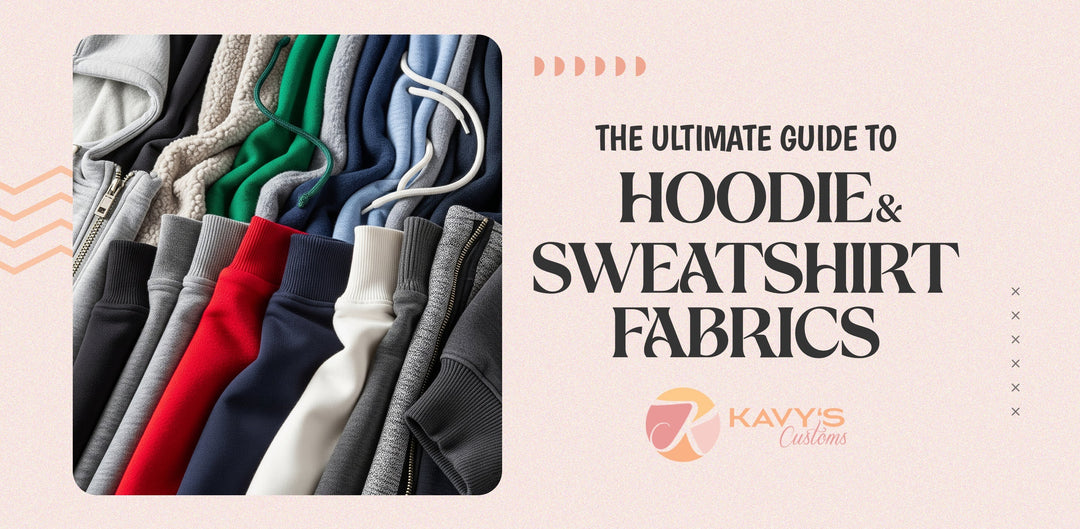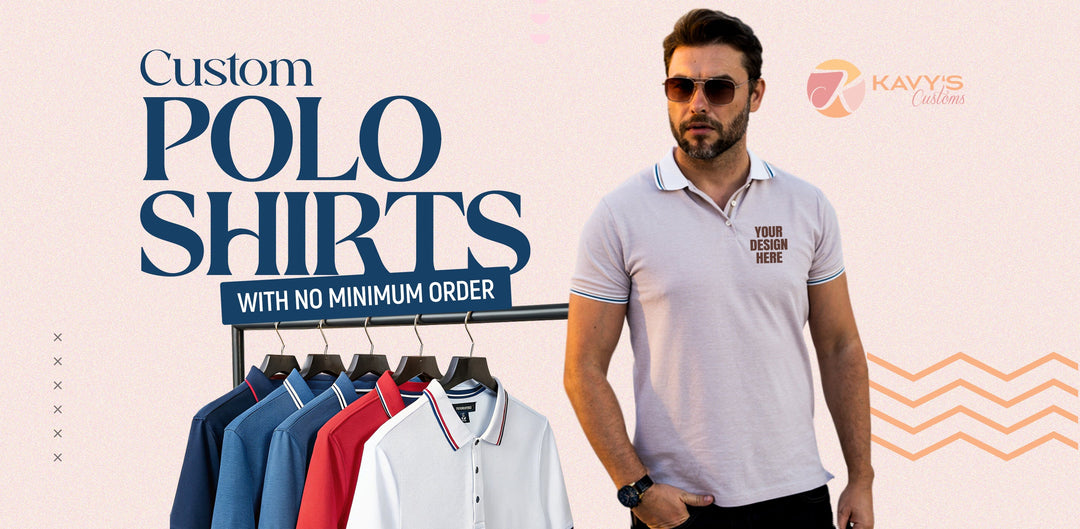Direct to Film Printing: A Versatile and Vibrant Technique for Apparel Decoration
Direct to Film Printing: A Versatile and Vibrant Technique for Apparel Decoration
If you are looking for a new way to create stunning designs on various types of fabrics, you might want to consider direct to film (DTF) printing. This technique is gaining popularity in the print industry because of its versatility, durability, and color vibrancy. In this article, we will explain what DTF printing is, how it works, and how it compares to other print methods. We will also answer some common questions about DTF printing and provide some tips on how to get started with this technique.
What is DTF printing?
DTF printing is a technique that involves printing a design onto a special film and then transferring it to a fabric using heat and pressure. The film is made of PET (polyethylene terephthalate), a clear and flexible material that can adhere to various fabrics. The design is printed on the film using water-based inks that contain CMYK (cyan, magenta, yellow, and black) pigments and white ink. The white ink acts as a base layer that covers the entire design and allows the colors to show up on dark or colored fabrics. The design is then coated with a powder adhesive that melts when heated and bonds the film to the fabric.
The main advantage of DTF printing is that it can produce high-quality and detailed designs on a wide range of fabrics, including cotton, polyester, nylon, fleece, silk, and more. Unlike other print methods that are limited by the fabric type, color, or texture, DTF printing can work with any fabric that can withstand the heat and pressure of the transfer process. DTF printing can also create designs that are soft to the touch, flexible, and resistant to cracking, peeling, or fading.
How does DTF printing work?
The DTF printing process consists of four main steps: printing, powdering, curing, and transferring. Here is a brief overview of each step:
- Printing: The design is printed on the PET film using a DTF printer, which is similar to a regular inkjet printer but has a special feeder and tray for the film. The printer uses a rip software that controls the ink settings and the print quality. The design is printed in reverse, so that it will appear correctly on the fabric after the transfer. The printer first prints the colored layer of the design, followed by the white layer that covers the entire image.
- Powdering: The printed film is then coated with a powder adhesive, which is a fine and sticky substance that helps the film stick to the fabric. The powder can be applied manually or automatically, depending on the equipment. The powder should be spread evenly and cover the entire design, without leaving any gaps or excess. The excess powder can be collected and reused for future prints.
- Curing: The powdered film is then heated to melt the adhesive and prepare it for the transfer. The heating can be done in a curing oven or with a heat press machine. The temperature and time of the heating depend on the type of powder and film used, but typically range from 160°C to 180°C and from 60 to 90 seconds. The heating should be done carefully to avoid burning or over-curing the film, which can affect the transfer quality.
- Transferring: The final step is to transfer the film to the fabric using a heat press machine. The fabric should be pre-pressed to remove any moisture or wrinkles, and then placed on the lower platen of the machine. The film should be placed on top of the fabric, with the printed side facing down. The heat press should be set to the appropriate temperature, pressure, and time, depending on the type of fabric and film used. The typical settings are around 165°C, 4 to 5 bars, and 15 to 20 seconds. After the transfer is done, the film should be peeled off the fabric while it is still hot or cold, depending on the type of film used. Some films require a cold peel, which means waiting for the film to cool down before removing it, while others require a hot peel, which means removing it right after the transfer. The fabric should then be post-pressed for a few seconds to improve the washability and durability of the design.
DTF printing compared to other print methods
DTF printing is one of the many techniques available for apparel decoration, and each technique has its own advantages and disadvantages. Here is a brief comparison of DTF printing with some of the most common print methods:
- Direct to film vs. screen printing: Screen printing is a technique that involves creating a stencil of the design and applying ink through it onto the fabric. Screen printing can produce vibrant and durable designs, but it is also time-consuming, labor-intensive, and expensive for small orders or complex designs. Screen printing also requires different screens and inks for each color of the design, which limits the color options and the level of detail. DTF printing, on the other hand, can print any design with any number of colors and details, using only one film and one printer. DTF printing is also faster, easier, and more cost-effective for small orders or complex designs. However, DTF printing may not be as durable or washable as screen printing, and it may require more maintenance and consumables than screen printing.
- Direct to film vs. direct to garment printing: Direct to garment (DTG) printing is a technique that involves printing the design directly onto the fabric using a DTG printer, which is similar to a regular inkjet printer but has a special platen for the fabric. DTG printing can produce high-quality and detailed designs, but it is also limited by the fabric type, color, and texture. DTG printing works best on cotton or cotton-blend fabrics that are light-colored and smooth. DTG printing also requires pre-treatment and post-treatment of the fabric, which can add to the cost and time of the process. DTF printing, on the other hand, can work on any fabric type, color, or texture, without requiring any pre-treatment or post-treatment. DTF printing can also create designs that are softer and more flexible than DTG printing. However, DTF printing may not be as eco-friendly or breathable as DTG printing, and it may require more equipment and consumables than DTG printing.
- Direct to film vs. sublimation printing: Sublimation printing is a technique that involves printing the design onto a special paper and then transferring it to a polyester or polyester-blend fabric using heat and pressure. Sublimation printing can produce vibrant and permanent designs, but it is also restricted by the fabric type and color. Sublimation printing only works on polyester or polyester-blend fabrics that are white or light-colored. Sublimation printing also cannot print white ink, which means that any white areas of the design will be transparent or take the color of the fabric. DTF printing, on the other hand, can work on any fabric type or color, and can print white ink, which means that any white areas of the design will be opaque and visible. DTF printing can also create designs that are more detailed and realistic than sublimation printing. However, DTF printing may not be as durable or fade-resistant as sublimation printing, and it may require more equipment and consumables than sublimation printing.
Common questions about DTF printing
Here are some of the frequently asked questions about DTF printing and their answers:
-
Q: What are the benefits of DTF printing?
-
A: DTF printing has many benefits, such as:
- It can print any design with any number of colors and details, using only one film and one printer.
- It can work on any fabric type, color, or texture, without requiring any pre-treatment or post-treatment.
- It can create designs that are soft, flexible, and resistant to cracking, peeling, or fading.
- It is fast, easy, and cost-effective for small orders or complex designs.
-
Q: What are the drawbacks of DTF printing?
-
A: DTF printing also has some drawbacks, such as:
- It may not be as durable or washable as some other print methods, and it may require more maintenance and care.
- It may not be as eco-friendly or breathable as some other print methods, and it may generate more waste and emissions.
- It may require more equipment and consumables than some other print methods, and it may have higher initial and operating costs.
-
Q: What are the best practices for DTF printing?
-
A: Here are some tips on how to get the best results from DTF printing:
- Use high-quality and compatible materials, such as film, ink, powder, and fabric, and follow the manufacturer’s instructions and recommendations.
- Use a rip software that can optimize the ink settings and the print quality, and adjust the settings according to the design and the fabric.
- Use a curing oven or a heat press machine that can heat the film and the fabric evenly and consistently, and set the temperature, pressure, and time according to the type of film and fabric.
- Use a heat press machine that can transfer the film to the fabric smoothly and securely, and peel the film according to the type of film and fabric.
- Use a post-press machine that can improve the washability and durability of the design, and press the fabric for a few seconds after the transfer.
- Store and handle the materials and the products properly, and avoid exposing them to moisture, dust, or direct sunlight.







Leave a comment